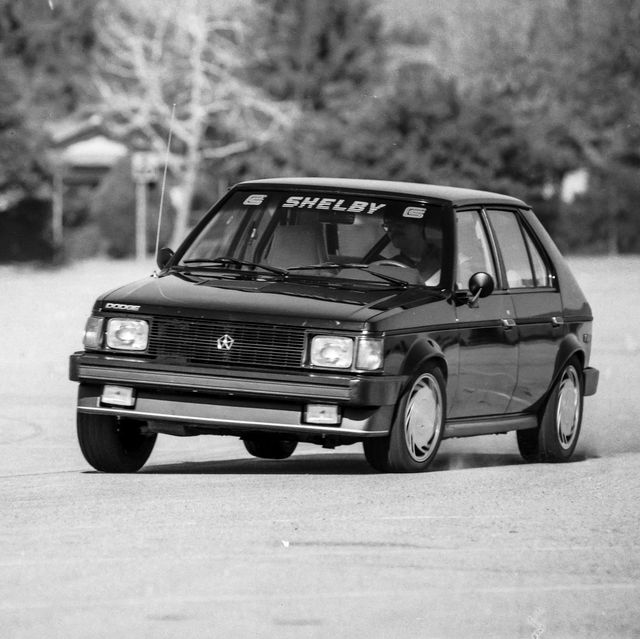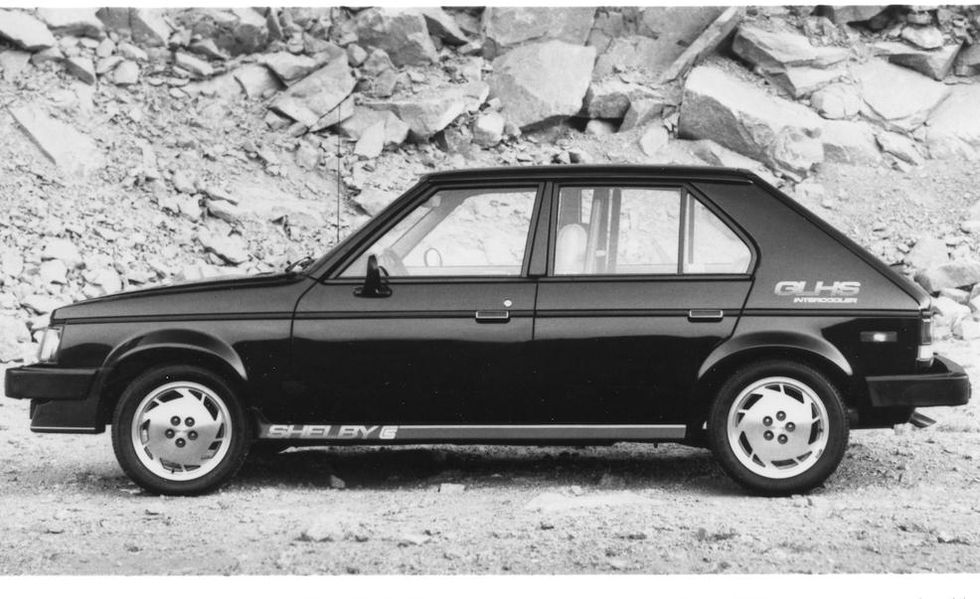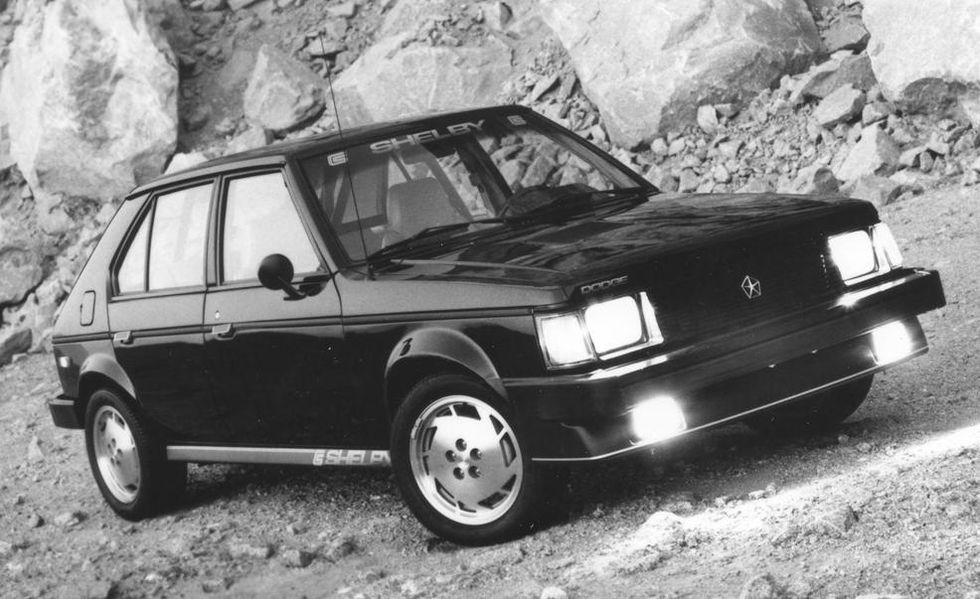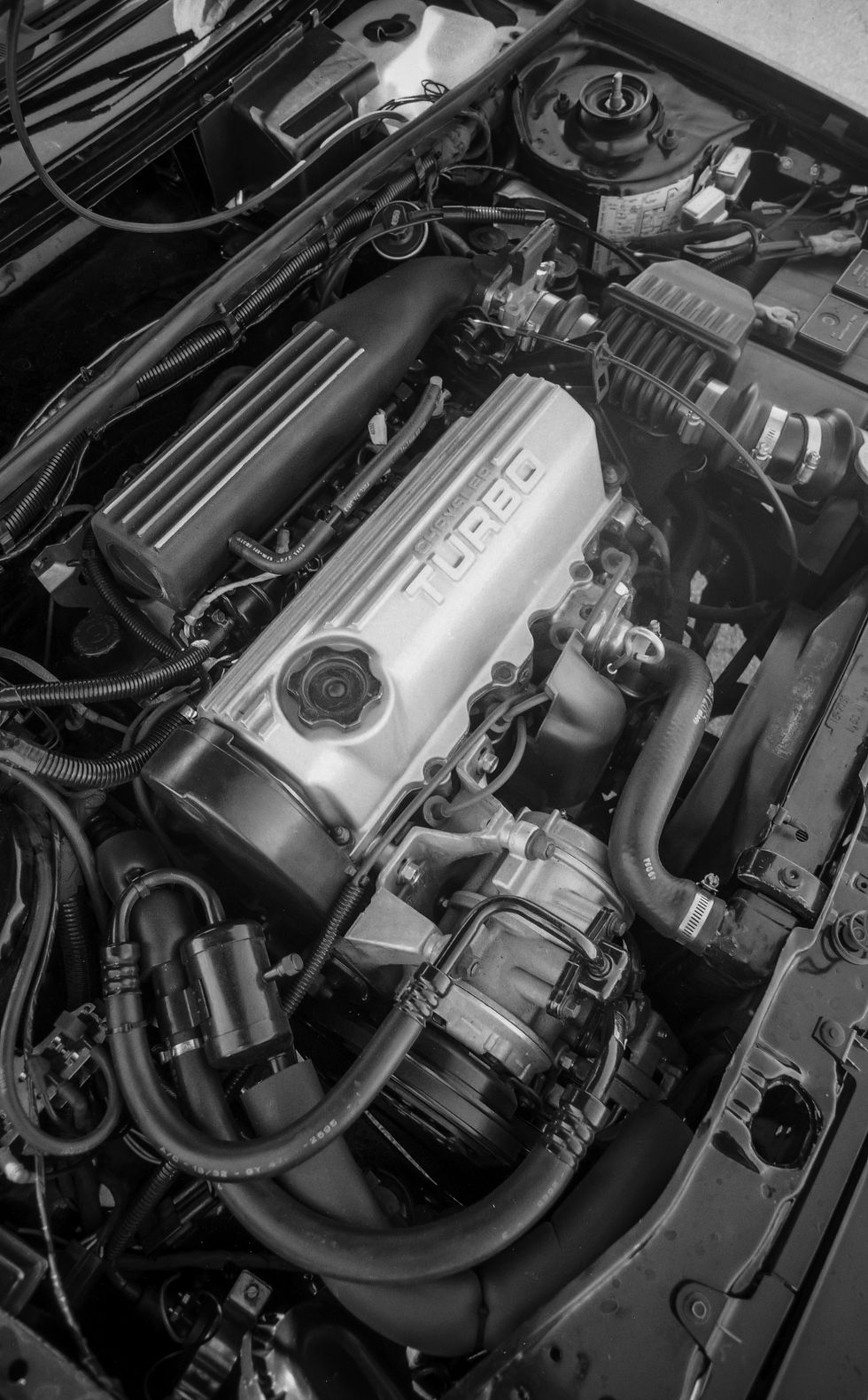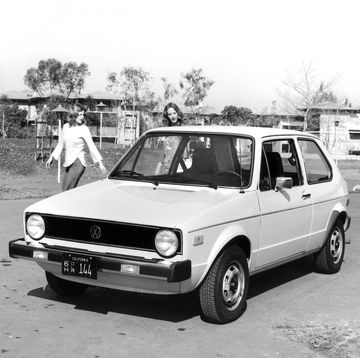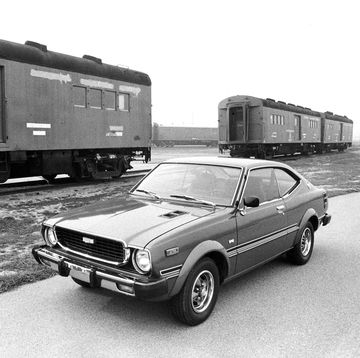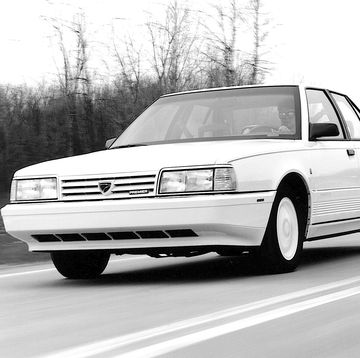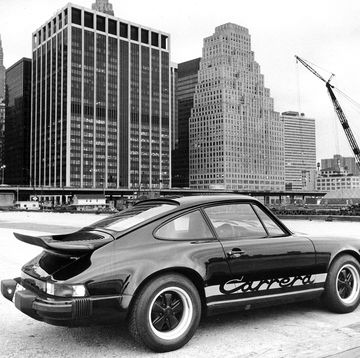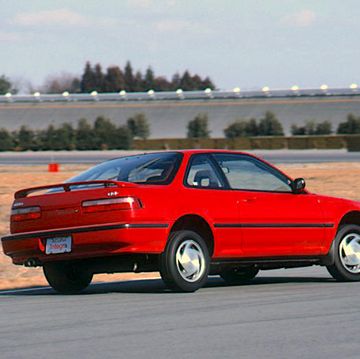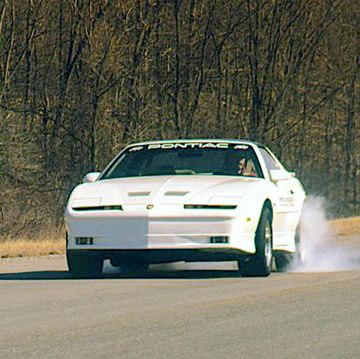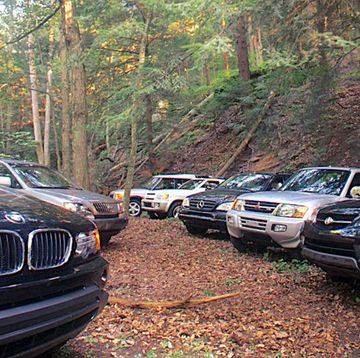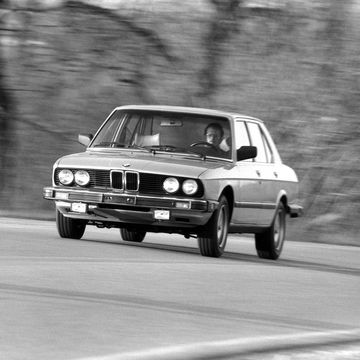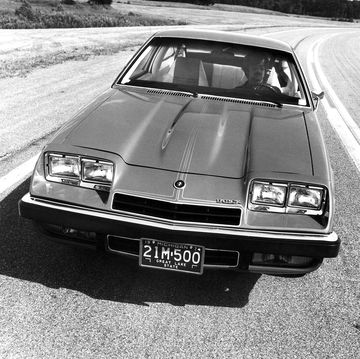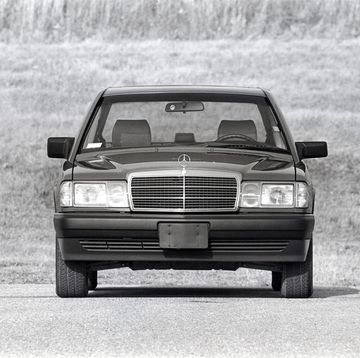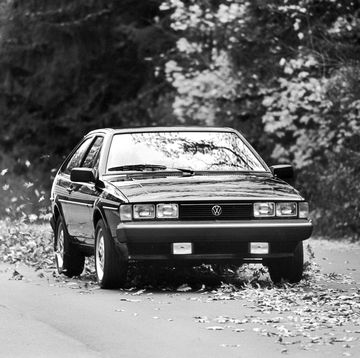From the April 1986 issue of Car and Driver.
Some guys come out of the box red-hot. Others take longer to get on the cam. Mozart gave concerts at age eight. Boris Karloff was 44 before he landed his first major role as the monster in Frankenstein.
Although the wunderkinds—the Steven Spielbergs and the Bobby Fischers—grab a lot of ink early on, there's something to be said for late bloomers. They often perform more consistently, they tend to be less frenetic, and they approach their work with confidence and self-assurance that only age and experience can provide. The Dodge Shelby GLHS is a case in point.
Okay. We all know the history. The Dodge Omni/Plymouth Horizon twins, which provide the basis for this latest rendition of the GLH, have been around for what seems like decades. Actually, only since 1978. With cars, though, as with dogs, eight years is forever. If the Omnirizon were a building, it would qualify for landmark status. Over the years, Chrysler's small-car line has been equipped with a variety of engines and has performed a multitude of roles. It's been an import fighter, it's been both dressed up and stripped down to fill marketing holes in the Chrysler lineup, and, starting last year, it's been outfitted as the GLH (Goes Like Hell) in the full battle dress of an ornery street marauder.
This year, the GLH has been taken under the wing of Carroll Shelby. If you've been held incommunicado in a padded cell for the past few years, you might not know that Mr. Shelby is back in the car business and that this time he's playing with Dodges. A new venture called Shelby Automobiles in Whittier, California, will produce some 500 GLHSs this year, which will be sold through Dodge dealers who sign up for Shelby franchises.
The transformation from the 146-hp GLH to the 175-hp GLHS begins with the addition of an air-to-air intercooler and a Shelby-designed intake manifold to the stock 2.2-liter Turbo II engine. The intercooler allows 12-psi maximum boost pressure, 3 psi more than the standard GLH has. As a result, the torque peak goes up from 168 to 175 pound-feet.
Further modifications include the installation of low-pressure gas-charged Koni shocks all around and an upgrade in the tire department from 195/50HR-15 Eagle GTs to 205/50VR-15 Eagle VR50 gatorbacks. Rear ride height is reduced about half an inch. The GLH's standard one-inch front and five-eighths-inch rear anti-roll bars are left alone. The Shelby treatment also includes a tape package (you can always peel it off) and six-inch cast-aluminum Shelby Centurion wheels.
We had an opportunity to drive the GLHS at Willow Springs racetrack and for a few hundred miles on the street. The roll bar you see here was installed to keep journalists from scalping themselves on the asphalt. One of our peers should be forever grateful to the Shelby organization's foresight, for he flipped a GLHS at Willow's infamous Turn Nine. We refrained from testing the roll bar ourselves, instead directing our efforts toward seeing how the car behaves right side up.
At Willow and at the test track, a few things were immediately apparent. First, this car has lots of stick; a limit of 0.81 g should be enough to keep your lap belt tensioned. Second, the GLHS's steering is rather light. Third, this car is blessed with great poise. The suspension, at least on the track, soaks up the rough stuff without losing directional stability or wrenching the wheel from your hands. Obviously, the Chrysler/Shelby troops know about bump steer. Except for the light steering effort, the car feels born to race.
On the street, the light steering isn't annoying; in fact, it becomes a virtue. Conversely, the tautness of the suspension that makes the GLHS feel so wonderful on the racetrack is a bother when you're dealing with rain grooves, expansion joints, and potholes. This Shelby is a stiff puppy indeed. Since the Koni struts are adjustable, however, it should be possible to tune the damping somewhat to suit your ride preferences.
The GLHS does a great job of putting its power to the ground. You can execute a maximum-effort launch from a dead stop without lighting up the tires or slipping the clutch. You'll get a noticeable amount of torque steer for your effort, but nothing that your lightning reflexes can't handle. In fact, it's kind of entertaining to try to keep the GLHS aimed in the desired direction after you've pulled the trigger.
Thanks to what feels like a V-12 under the hood, this Shelby in hatchback clothing will knock the stuffing out of most of the V-8s on the road. It zips to 60 in a mere 6.5 seconds, then keeps right on charging to a 130-mph terminal speed. The athletic GLHS has the legs of a sprinter and the wind of a miler.
What we have here is a closet Showroom Stocker with five doors and a radio. Considering its humble beginnings, its checkered history, and its $11,000 price tag, the GLHS demonstrates the virtues of blooming late.
Specifications
SPECIFICATIONS
1986 Dodge Shelby GLHS
VEHICLE TYPE
front-engine, front-wheel-drive, 5-passenger, 4-door hatchback
BASE PRICE (C/D EST)
$10,800
ENGINE TYPE
turbocharged and intercooled SOHC 8-valve inline-4, iron block and aluminum head, port fuel injection
Displacement
135 in3, 2213 cm3
Power
175 hp @ 5300 rpm
TRANSMISSION
5-speed manual
DIMENSIONS
Wheelbase: 99.1 in
Length: 163.2 in
Curb weight: 2540 lb
C/D TEST RESULTS
60 mph: 6.5 sec
100 mph: 17.7 sec
1/4 mile: 14.9 sec @ 93 mph
Top speed: 130 mph
Braking, 70–0 mph: 183 ft
Roadholding, 300-ft-dia skidpad: 0.81 g
C/D FUEL ECONOMY
Observed: 19 mpg
EPA FUEL ECONOMY
Combined/city/highway: 22/19/27 mpg
